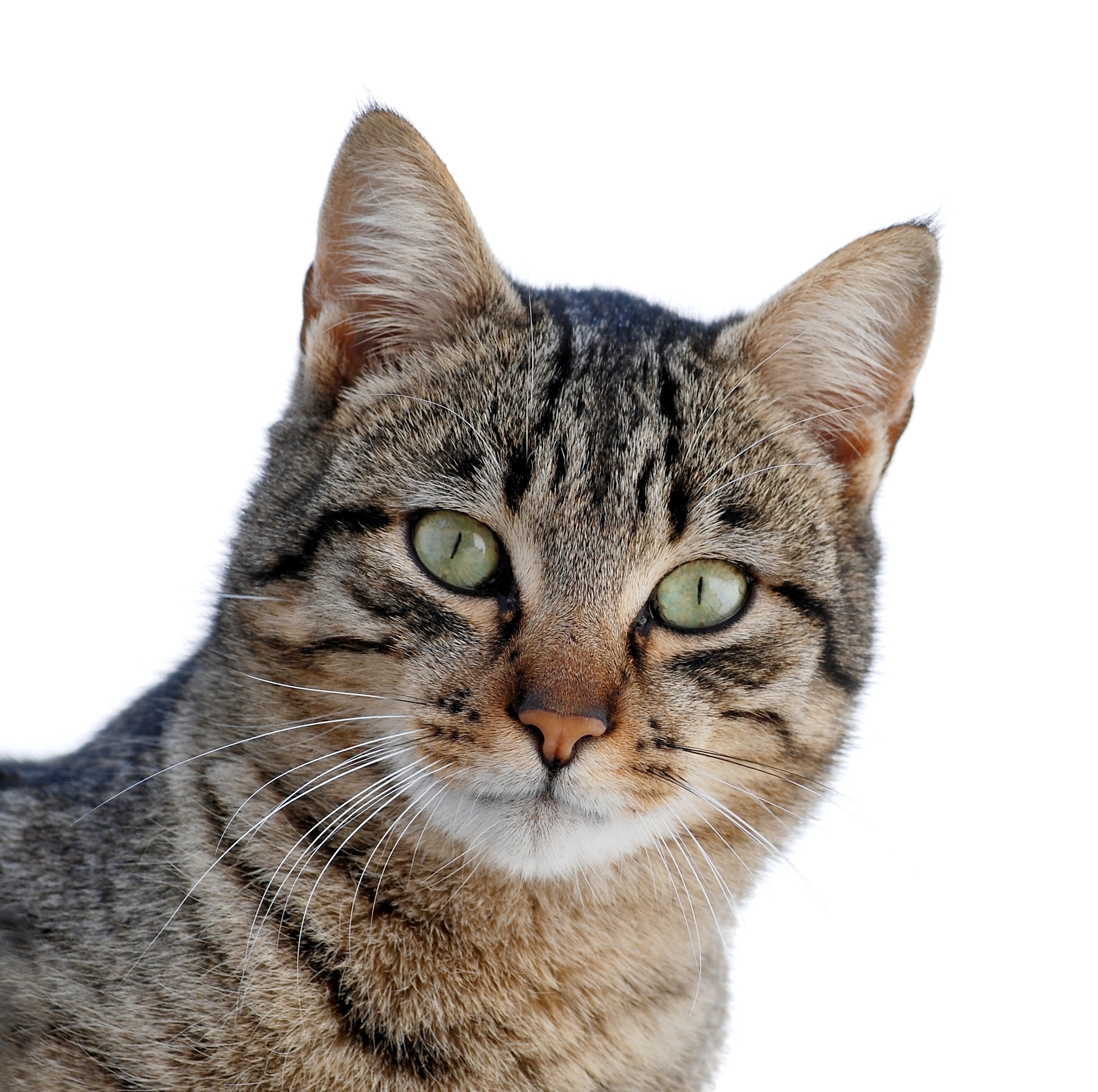
Image Source upgradeyourcat.com
Understanding the Feline Behavior Behind Clothes Soiling
Has your favorite feline suddenly developed a habit of urinating on your clothes? Don’t worry, you’re not alone in this messy predicament. Discovering the reasons behind your cat’s peculiar behavior is the first step towards finding a solution.
The first thing to understand is that cats are creatures of habit. Any sudden change in their routine or environment can trigger unusual actions like peeing on your clothes. Be it a medical issue or a behavioral problem, we’re here to help you pinpoint the root cause and guide you through effective solutions.
1. Territorial Marking: Cats use urine to stake their claim over a territory, and unfortunately, this can include your carefully arranged wardrobe. Understanding why your clothes have become a target for your cat’s territorial behavior is crucial in finding a resolution.
The Territorial Dynamics of Clothes Soiling
Unlike vertical surfaces that are more common for territorial marking, clothes tend to absorb the scent better, making them enticing targets. Factors such as the presence of unfamiliar scents, stress, or even the arrival of a new pet can trigger your cat’s territorial instincts.
Avoid overreacting or punishing your cat for this behavior, as it can exacerbate the issue rather than resolving it. Instead, consider other plausible reasons behind your cat’s clothes soiling habit.
Medical Conditions That Cause Inappropriate Urination
1. Urinary Tract Infections (UTIs): These painful infections affect cats too, and can cause them to urinate outside their litter box. If your cat appears distressed during urination or exhibits other symptoms like blood in the urine or excessive licking of the genital area, it’s crucial to consult a veterinarian for diagnosis and treatment.
2. Feline Lower Urinary Tract Diseases (FLUTD): FLUTD encompasses a range of disorders that affect the bladder and urethra, leading to discomfort and inappropriate urination. If your cat is straining to pee, crying out in pain, or producing only small amounts of urine, a trip to the vet is imperative for proper diagnosis and medical intervention.
3. Stress and Anxiety: Cats are sensitive creatures, and changes in their environment can cause stress, leading to behavioral issues like clothes soiling. Factors such as moving to a new home, rearranging furniture, or the arrival of a new family member can trigger anxiety in cats. Identifying and addressing stressors can help curtail this behavior in your feline friend.
Effective Strategies to Prevent Clothes Soiling
Now that we’ve delved into the potential causes behind your cat’s soiling behavior, let’s explore some solutions to put an end to this wardrobe-wrecking habit.
1. Rule Out Medical Issues First:
Before addressing any behavioral concerns, it’s crucial to ensure your cat doesn’t have any underlying medical conditions. Schedule a visit to your veterinarian to rule out urinary tract infections, bladder stones, or other health problems. Addressing these issues may resolve the clothes soiling behavior entirely.
2. Maintain a Clean and Accessible Litter Box:
A dirty or inconveniently placed litter box can discourage cats from using it, leading to accidents elsewhere. Ensure the litter box is easily accessible, clean, and placed in a quiet, private area. Provide one litter box per cat, plus an extra one, to prevent any litter box rivalry.
3. Alleviate Stress and Anxiety:
If stress or anxiety is the root cause, provide your cat with a safe and secure environment. Create designated spots with comfortable bedding, scratching posts, and toys to reduce stress and provide a sense of security. Consider using pheromone sprays or diffusers known to have a calming effect on cats.
4. Gradual Introductions and Environmental Enrichment:
If you’re introducing a new pet or experiencing changes in your household, take the time to make gradual introductions. This allows your cat to acclimate to the new situation at their own pace. Additionally, enrich your cat’s environment with interactive toys, scratching posts, and perches to keep them mentally stimulated and reduce their desire for territorial marking.
5. Positive Reinforcement and Behavior Modification:
With any behavioral issue, it’s essential to reward positive behaviors. When your cat uses the litter box appropriately, provide treats, praise, or a favorite toy. Conversely, avoid scolding, shouting, or punishing your cat for inappropriate urination, as it can cause further stress and perpetuate the behavior.
Remember: Patience is key when modifying your cat’s behavior. Consistency and positive reinforcement can go a long way toward resolving the issue. If your attempts to curtail clothes soiling prove unsuccessful, consulting a professional animal behaviorist may provide further guidance tailored to your cat’s specific needs.

Image Source commons.wikimedia.org
In conclusion, understanding the reasons behind your cat’s peculiar behavior is crucial in finding a solution. Whether it’s territorial marking, a medical issue, or stress and anxiety, this article has provided comprehensive insights and strategies to address clothes soiling. By taking the appropriate steps, consistently rewarding positive behavior, and consulting professionals if needed, you can restore harmony in your home and bid farewell to the unpleasant surprise of finding your clothes used as a makeshift litter box.